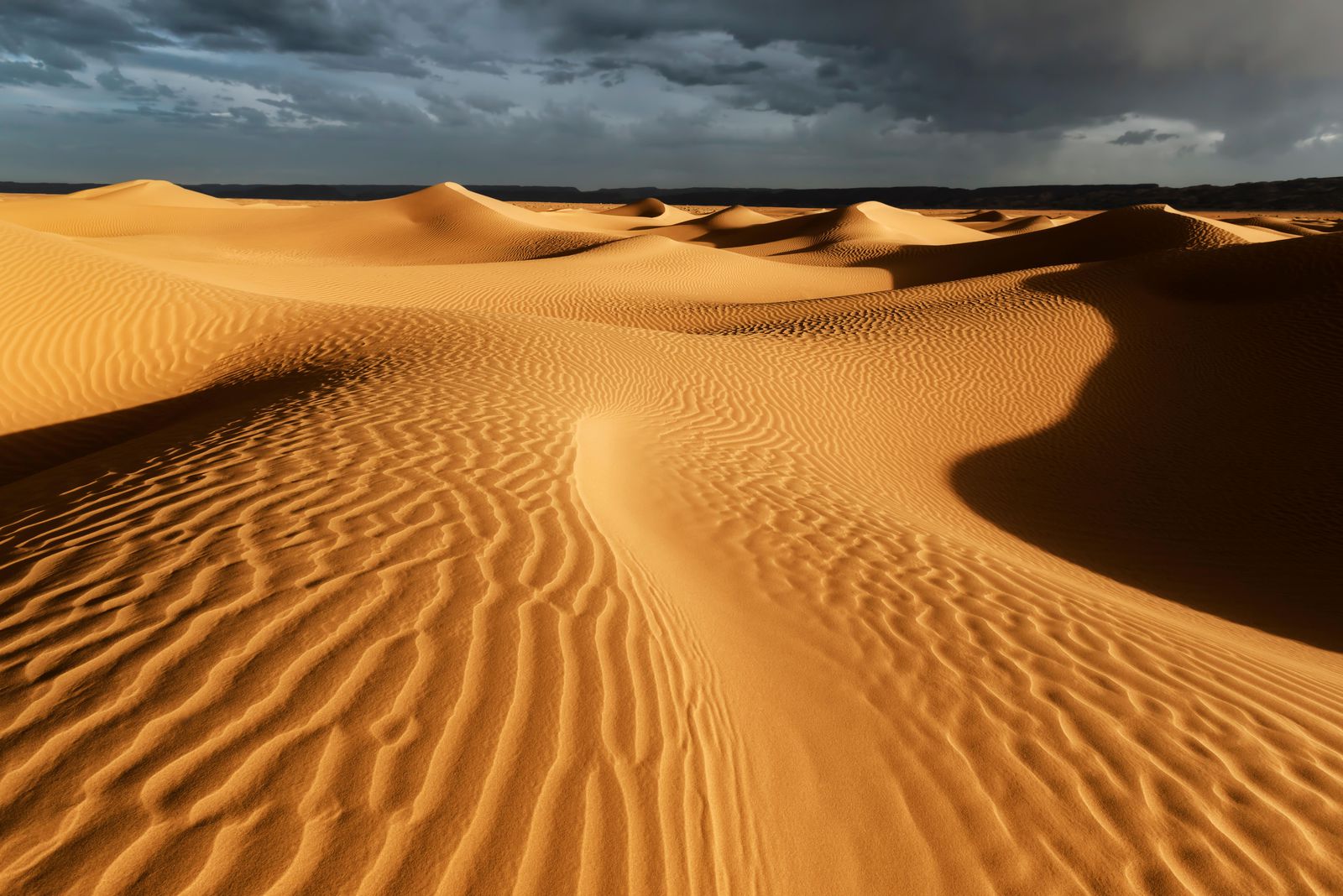Typically, it is simple to assume that desert plans will endure demanding conditions.
After all, they evolved to endure extended periods without water.
However, we are not living in regular times, though.
A recent study analyzing more than 30 years’ worth of satellite imagery taken over southern California shows that plant life in regions of the vast Sonoran Desert has decreased by more than 30% in recent decades.
Between 1984 and 2017, vegetation coverage in Anza-Borrego State Park – California’s most significant state park – decreased by an estimate of 35%.
Stijn Hantson, a scientist from the University of California, Irvine, explained that plants are dying without anything replacing them.
“It looks to be a striking loss for shrubs,” he added.
Though the findings are outright concerning, they aren’t necessarily unexpected.
Over the past few years, a set of studies analyzed drought-related vegetation loss in arid areas of the Southwestern US – including the Sonoran Desert in particular, which covers California, Arizona, and regions of Mexico.
“These vegetation mortality events seem to exceed natural variability in background mortality rates, as some [dryland plant] species have experienced up to 100 percent mortality, possibly leading to local extinction,” wrote Hantston and his co-authors in the new paper.
In spite of the deadly signals, it’s still not completely understood how climate change may drive plants to die off in dryland ecosystems, which span over 40% of our planet’s terrestrial surface.
To analyze the situation inside of the Sonoran Desert context, the researchers used Landsat satellite imagery, searching for spectral patterns inside of the Anza-Borrego State Park landscape, where sunlight is reflected by plant leaves, providing a clue of how green an area is.
The results depicted a widespread decrease over the past four decades in perennial vegetation cover in lowland deserts, where the main population consisted of creosote bush (Larrea tridentata), numerous cactus species, and mesquite (Prosopis sp.) in some spots.













Leave a Reply